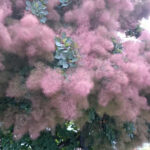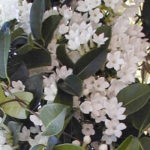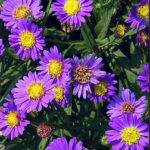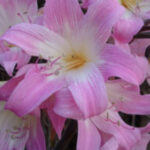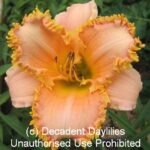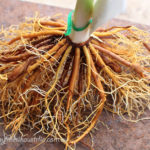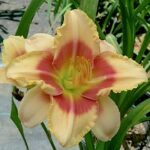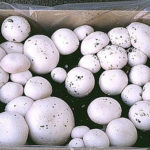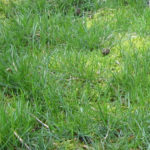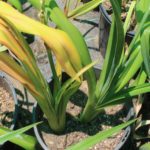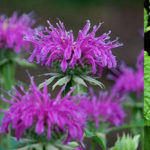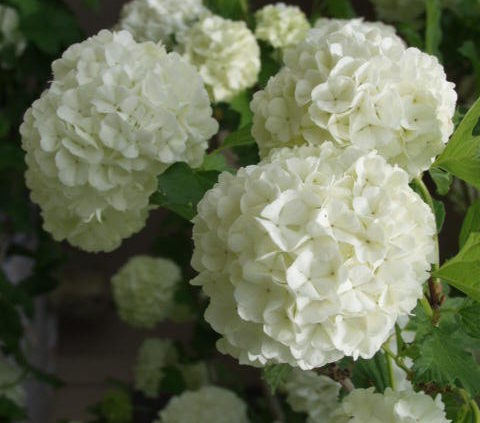
Viburnum Gardening Facts
Growing A Snowball Tree Or Viburnum Opulus
 Snowball Tree, or Guelder Rose, with the botanical name Viburnum opulus, is native to America, Europe, central Asia, and northern Africa. This ornamental plant grows well in the temperate regions of Australia, also. Gardeners mainly grow this plant for its ball shaped flower bunch and the red coloured berries. The plant produces pure white flowers that are sterile, and look like snowballs, flowering from the end of the winter season into the spring. These plants are easy to grow and can become the focal point of your garden when they are in bloom. Once established, the plant is frost tolerant and the blooms last for around 5 weeks before the blooms, fall to the ground petal by petal resembling falling snow. This deciduous shrub grows to a height of 4-5 m. The leaves are broad, and three-lobed and opposite in arrangement and the leaf margins are serrated. The flower clusters start out lime green and mature to white. They flower on the bush profusely. The leaves, which turn to purplish red during the autumn, offer a good spring and autumn display in the garden. Cut stems arranged in a large crystal vase, make wonderful indoor flower arrangements.
Snowball Tree, or Guelder Rose, with the botanical name Viburnum opulus, is native to America, Europe, central Asia, and northern Africa. This ornamental plant grows well in the temperate regions of Australia, also. Gardeners mainly grow this plant for its ball shaped flower bunch and the red coloured berries. The plant produces pure white flowers that are sterile, and look like snowballs, flowering from the end of the winter season into the spring. These plants are easy to grow and can become the focal point of your garden when they are in bloom. Once established, the plant is frost tolerant and the blooms last for around 5 weeks before the blooms, fall to the ground petal by petal resembling falling snow. This deciduous shrub grows to a height of 4-5 m. The leaves are broad, and three-lobed and opposite in arrangement and the leaf margins are serrated. The flower clusters start out lime green and mature to white. They flower on the bush profusely. The leaves, which turn to purplish red during the autumn, offer a good spring and autumn display in the garden. Cut stems arranged in a large crystal vase, make wonderful indoor flower arrangements.
Growing conditions
Viburnum Opulus Roseum the common snowball shrub requires moist and moderately alkaline loamy soil to grow and bloom. They can also tolerate most of the soil types. This plant prefers full sun to a partly shaded position and is drought hardy once they get established. They bloom here the same time as Bulbinella Nutans Cats Tail. They can be grown in containers or pots as a bush or shrub. Viburnums will need repotting each year into at least one size larger pot. Snowball viburnum can be grown as a part of hedgerows or as cover plants.
How to plant a Snowball tree?
Find an appropriate place in the garden considering the maximum achievable height and spread of the tree and exposure to the sun. Remove weeds and grass from the site. Dig a shallow and broad hole in the soil. Remove the sapling carefully from the container and loosen the soil around the roots gently. Place the sapling in the centre of the hole and backfill the hole with soil. Water the plant well after planting. Make sure that the soil is soaked in water so that the soil gets settled. Spreading mulch for about 4 inches over the planting area will help in retaining the moisture and reducing the growth of weeds. Make sure that you leave space between the Japanese snowball tree and other plants in the garden so that the chances of diseases like powdery mildew and bacterial leaf spot are reduced.
How to care for Viburnum
- Snowball plant does not like dry soil and this means you need to keep the soil moist. You can feed the plant with slow releasing fertiliser during spring or you can add compost to the soil any time of the year.
- Make sure that you remove the dead flowers and branches during the blooming season.
- Caring involves trimming the dead branches and flowers, you will make the plant grow healthier branches and to become bushy in appearance.
- It is also necessary to remove the suckers that develop from the ground level to ensure healthy growth of the main branch.
- Pruning to shape the viburnum shrub, should be done straight after flowering because these shrubs only flower on old wood.
Snowball from stem cuttings
To propagate cuttings take softwood cuttings from fully grown snowball trees, do this early in the morning. It is better to take cuttings between November and February, Summer in Australia. Take at least 6 inches long stem cutting with 2 sets of leaves. Remove the leaves from the bottom part of the stem and dip the end in rooting hormone and plant them in potting mix. Make sure that the end leaf nodes are under the soil. Cover the cuttings using a plastic bag, make sure that the plastic bags don’t touch the top end of the cutting. The cuttings will develop roots after 4-6 six weeks and will start to shoot up new growth. Remove the plastic bags and transplant the cuttings.
Varieties
There are many species of viburnums to choose from to join into existing gardens and landscapes. They can provide you with different leaf shapes, dwarf varieties along with evergreen and deciduous hybrids. Most flowers are white, cream to slightly pink blooms that flower in spring some flowers even resembling lacecap hydrangeas. You may want to grow the fragrant Asian varieties Cayuga and Burkwood. Try growing one today they are proven to be very low maintenance and versatile shrubs.



